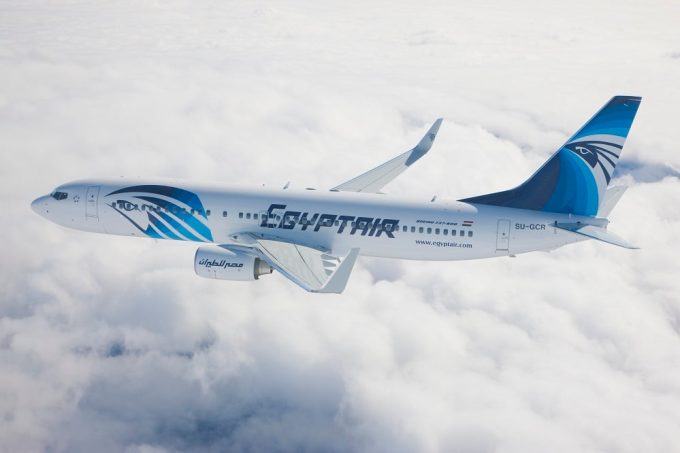Delayed arrival of freighters may prevent 'a bloodbath' in air cargo market
Only a trickle of large widebody freighters will join the global fleet this year and, ...

Although the current aircraft conversion boom will not last, say analysts, freighter markets will continue to see a 70:30 split in favour of conversions over new units.
Aviation intelligence specialist Cirium forecasts supply of some 3,560 freighters over the next 20 years, including 1,060 newbuilds (30%) ...
Keep our news independent, by supporting The Loadstar
Four crew members still missing as Wan Hai 503 continues to burn
Explosions and 'out-of-control' fire reported on Wan Hai box ship
Carrier price hikes hold, driving spot rates higher as space gets scarcer
MSC Elsa crew face criminal probe, as Wan Hai 503 firefighters battle on
Predatory rivals circle as the ripples from DSV's Schenker buy widen
Transpacific rates ease as capacity boost proves too much for trades to digest
'It's driving us mad', say forwarders as US court fails to end tariff turmoil

Comment on this article